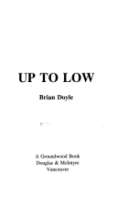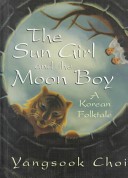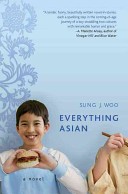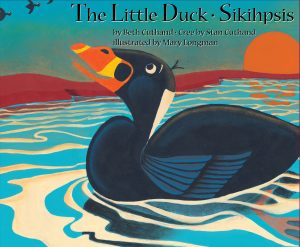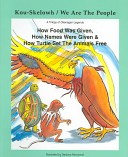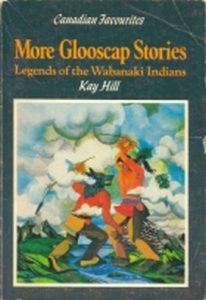
Acclaimed YA author C. K. Kelly Martin offers a sexy, soulful story of one confused boy, two girls, and all the complications that ensue in this romantic feel-good love story that celebrates friendship, first love, firstlust, and second chances. Sixteen-year-old Mason Rice is having the night of his life. He’s just delivered an incredible performance in the school play, basked in celebratory afterglow vibes at the party of the year, and lost his virginity to one of his best friends-the gorgeous but previously unobtainable Kat Medina. His dreams are coming true, and the future looks golden. Unfortunately, Kat sees things very differently. Crossing the friendship line was a big mistake, and all she wants is to forget it and move on, even if that means forgetting Mason altogether. What’s a guy to do? Well, if you’re Mason, you hang your hopes on the first attractive twenty-three-year-old you cross paths with. At first Mason wonders if he’s imagining the chemistry . . . until Colette invites him over to her apartment. Suddenly Mason’s living in a whole new world.

